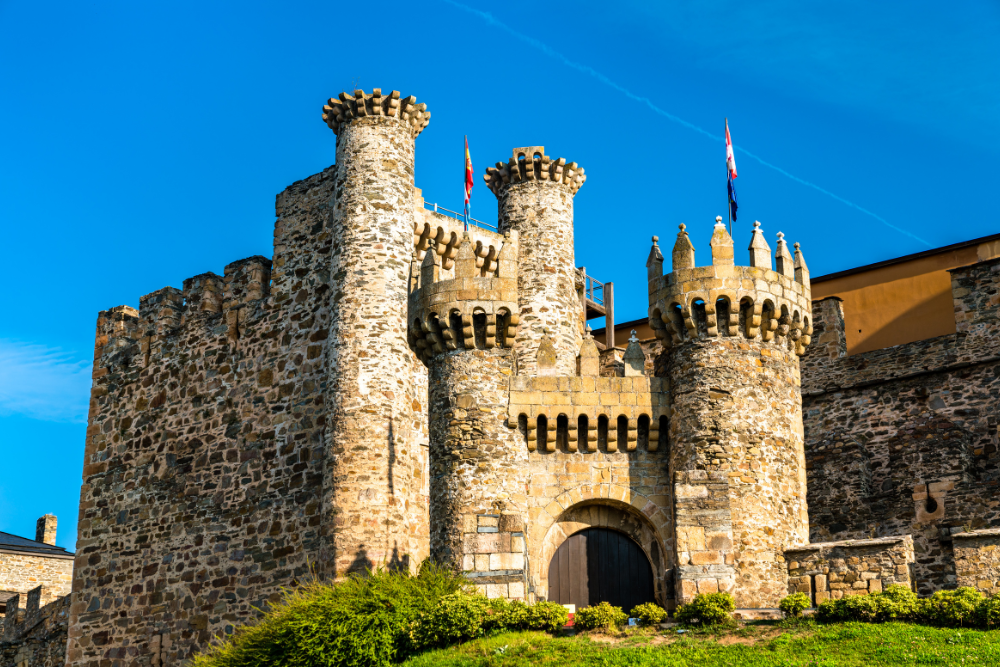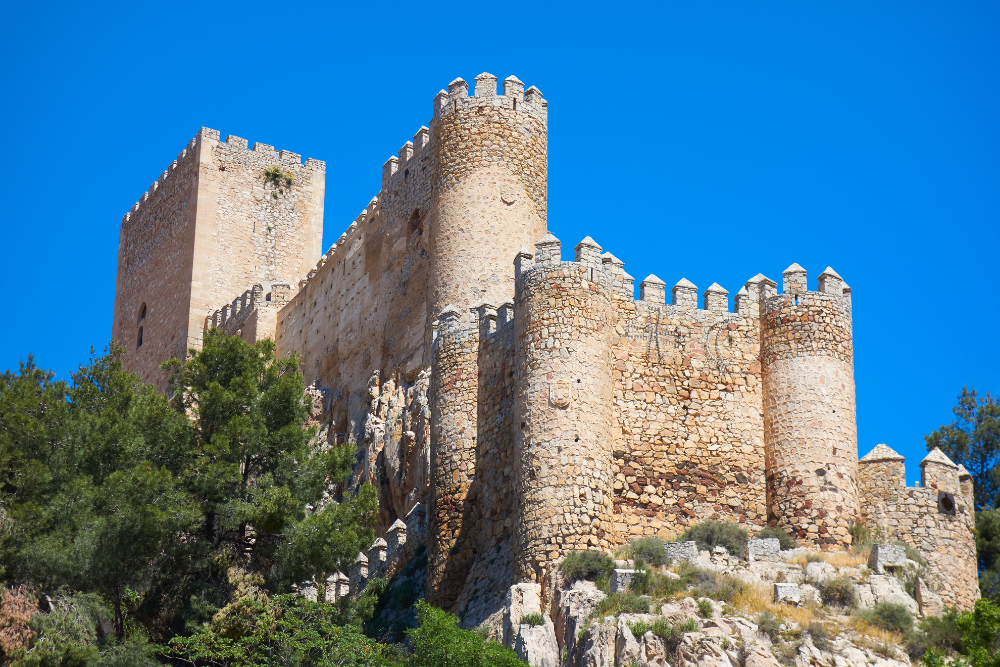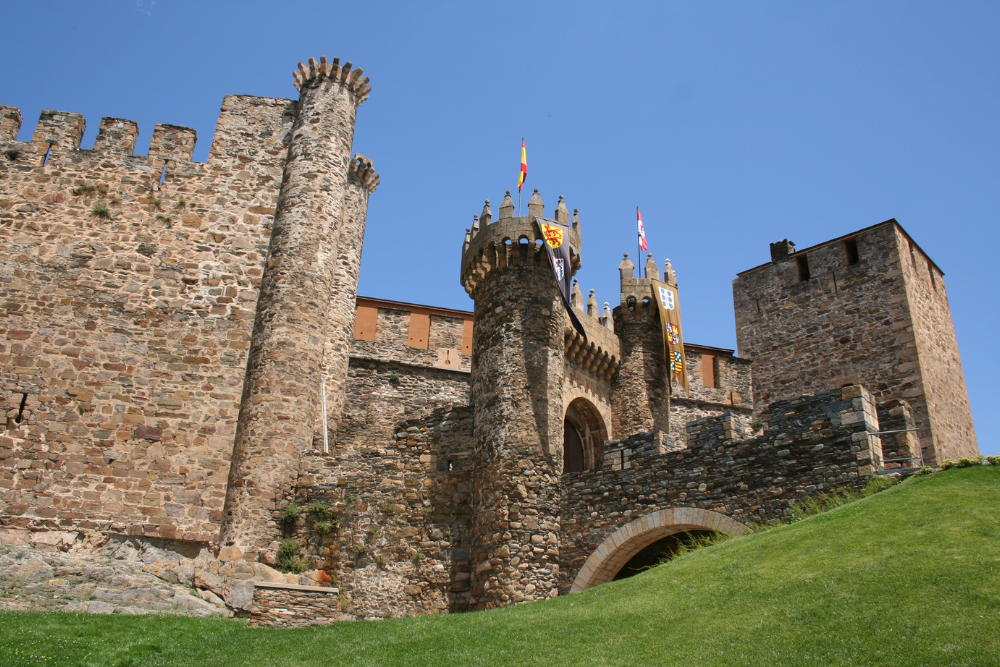Spain’s traditional markets are more than just places to buy food—they are vibrant hubs of culture, history, and sensory experiences. From the bustling markets of Madrid to the colorful stalls of Barcelona, Spain’s markets offer a unique insight into the country’s rich culinary heritage and way of life. A stroll through these markets is a delightful journey for the senses: the vivid colors of fresh produce, the tantalizing aromas of cured meats and spices, the sounds of bargaining, and the textures of local delicacies waiting to be sampled. For food lovers and cultural enthusiasts alike, exploring these markets is an essential part of the Spanish experience.
1. Mercado de San Miguel, Madrid: A Feast for the Senses

One of the most iconic markets in Spain is the Mercado de San Miguel in Madrid. Located just a stone’s throw from the Plaza Mayor, this historic market has become a bustling gastronomic hub. Originally opened in 1916, the market combines the charm of its early 20th-century architecture with a modern twist.
Walking through the Mercado de San Miguel, you’ll encounter a colorful array of food stalls offering everything from jamón ibérico (Spanish cured ham) to freshly shucked oysters. The market is a paradise for lovers of Spanish tapas, with vendors offering small plates of tortilla española (Spanish omelette), croquetas, paella, and churros. The aroma of freshly baked pastries mingles with the smoky scent of grilled meats, creating a sensory experience that will leave your mouth watering.
Mercado de San Miguel is not just a place to shop; it’s a place to eat and drink. Many stalls offer
2. La Boquería, Barcelona: A Vibrant, Historic Market

Located just off La Rambla in Barcelona, Mercat de Sant Josep de la Boquería, better known simply as La Boquería, is one of Spain’s most famous markets. Established in the 13th century, La Boquería has grown into a sprawling space where you can find almost anything your taste buds desire. The market’s rich history is reflected in the diversity of its offerings, which range from fresh seafood to artisan cheeses, fruits, and spices.
The sensory experience at La Boquería is nothing short of overwhelming. The vibrant colors of fresh fruits and vegetables are dazzling, with rows of ripe tomatoes, juicy oranges, and fragrant herbs. The smell of fresh seafood and charcuterie fills the air, and you can hear the chatter of vendors negotiating with customers or offering samples of their goods. For a truly authentic experience, make sure to stop by the botifarró (Catalan sausage) stand or indulge in some freshly prepared paella.
La Boquería is also home to many modern food stalls where you can taste innovative takes on traditional Spanish dishes. Try the famous jamón ibérico paired with a glass of local wine or grab a freshly squeezed fruit juice while browsing the market’s wide variety of stalls. The atmosphere is electric, making it an essential stop for anyone visiting Barcelona.
3. Mercado Central, Valencia: A Celebration of Local Flavors

In the heart of Valencia, the Mercado Central is one of the oldest and largest fresh produce markets in Europe. The market is housed in a stunning modernist building, with beautiful stained glass windows and intricate ironwork, which enhances the overall sensory experience. Opened in 1928, Mercado Central has become a focal point for food lovers who want to taste the freshest ingredients from the Valencia region.
At Mercado Central, the air is filled with the sweet smell of fresh oranges, as Valencia is famous for its citrus fruits. The market is also known for its seafood—freshly caught fish from the Mediterranean can be found at nearly every stall. Locally produced paella ingredients, including saffron and bomba rice, are sold in abundance, making it an ideal place to pick up everything needed to prepare Spain’s most famous dish.
The market’s atmosphere is bustling, with both locals and tourists shopping for daily groceries or just sampling a taste of local specialties. For a truly authentic experience, grab a seat at one of the market’s small tapas bars and enjoy some traditional escalivada (roasted vegetables) or a bocadillo de calamares (fried calamari sandwich), while soaking in the lively atmosphere around you.
4. Mercado de la Encarnación, Seville: Andalusian Flavors and Craftsmanship

In the heart of Seville, the Mercado de la Encarnación offers a more contemporary setting for traditional Andalusian food. Located beneath the stunning Metropol Parasol—a modern architectural marvel that overlooks the city—the market is a perfect blend of old and new. While the market itself is relatively new, it has quickly become a favorite spot for locals and visitors alike.
The Mercado de la Encarnación offers a wide selection of Andalusian specialties, from jamón ibérico and queso manchego to fried fish and tapas. The stalls are brimming with local delicacies, and the friendly vendors are happy to share their knowledge about their products. The vibrant smells of olive oil, garlic, and sherry fill the air, transporting you straight to the heart of Andalusia’s culinary heritage.
One of the highlights of this market is the opportunity to sample local artisan products. From handmade ceramics to beautifully crafted leather goods, the Mercado de la Encarnación is as much a cultural experience as it is a food market. After exploring the market, take some time to enjoy a drink at the rooftop terrace, where you can marvel at the stunning views of Seville while sipping a glass of fino sherry.
5. Mercado de Abastos, Santiago de Compostela: A Taste of Galicia

For a truly unique experience, head to Santiago de Compostela in the region of Galicia. The Mercado de Abastos is the second most visited place in the city after the famous cathedral, and for good reason. Located in a charming building with a blend of medieval and modern architecture, the market offers a wealth of local produce and seafood, reflecting the region’s rich gastronomic traditions.
Galicia is known for its fresh seafood, and the Mercado de Abastos is the best place to sample it. Freshly caught octopus, clams, razor clams, and lobster are available at the market’s many seafood stalls. The salty, briny aroma of the sea fills the air, and you’ll find plenty of vendors offering delicious tapas and snacks made from these ingredients.
The market is also home to local farmers selling fresh vegetables and cheeses, as well as artisan products like Galician honey and Padrón peppers. A visit to the Mercado de Abastos is a wonderful way to explore the flavors of Galicia, and it’s an essential stop for food lovers visiting Santiago de Compostela.
Conclusion: Spain’s Markets as Cultural Landmarks
Spain’s traditional markets are a sensory delight, offering a window into the country’s diverse culinary traditions and vibrant local cultures. From the aromatic stalls of Madrid’s Mercado de San Miguel to the fresh seafood of Santiago de Compostela’s Mercado de Abastos, each market tells a unique story about the region it represents. Whether you’re a food lover, a culture enthusiast, or simply someone looking to experience Spain in an authentic way, a visit to one of these markets is an experience not to be missed. They are true treasures of Spanish life—vibrant, colorful, and full of flavor.












